Gant’s Banners were bought by the Seneca Falls Women’s Rights Park where they hang on permanent display.
Alice Gant lives in a beautiful little blue house in Trumansburg, NY. The inside of the house is cozy, and classical music plays from a nearby radio. If you take a narrow staircase up to the second floor you’ll find her studio — a little room with neatly piled boxes of fabric swaths, beautiful hand-stitched banners hanging from the walls.
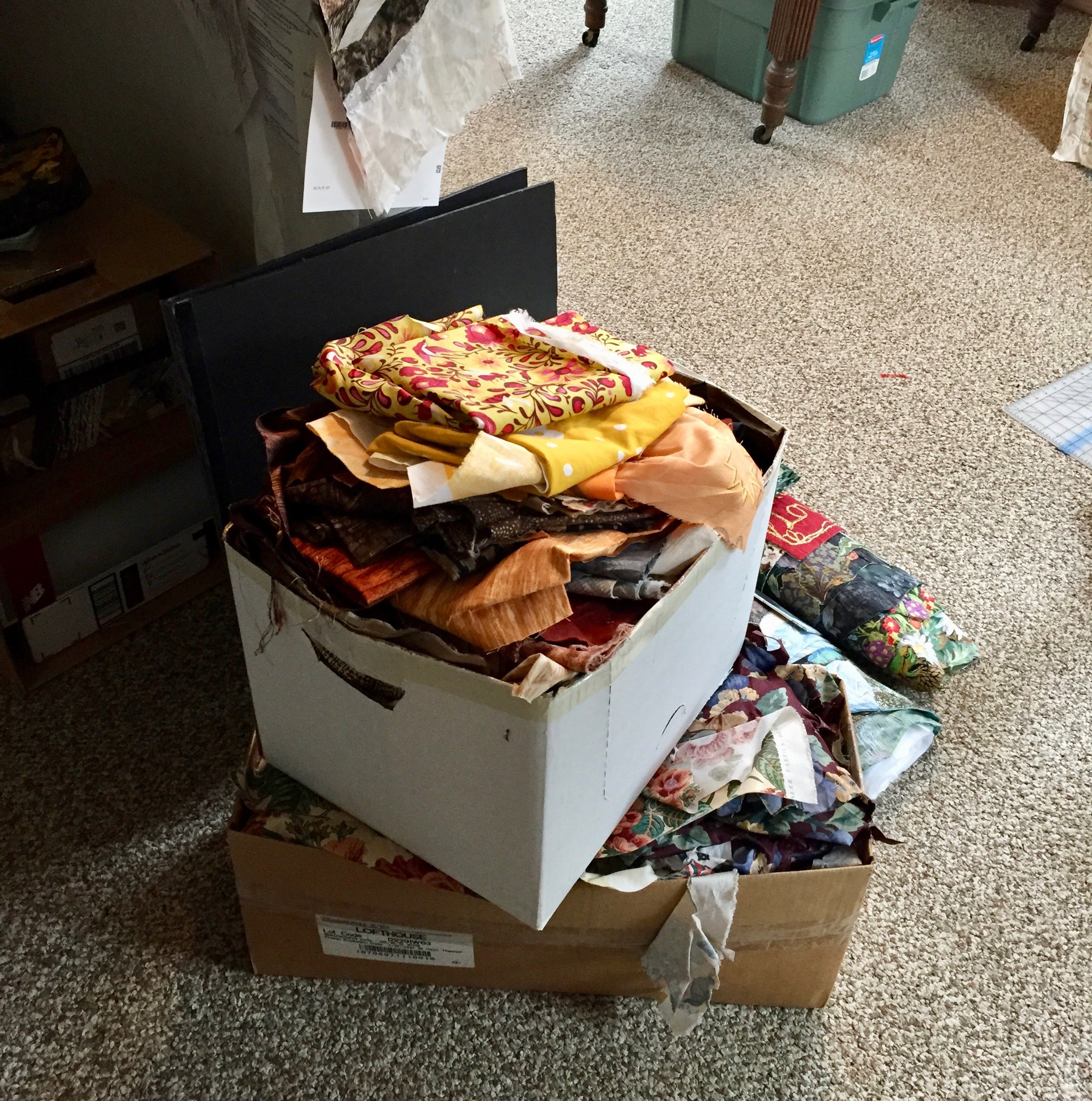
Gant started out as a printmaker, getting a degree in Fine Arts from the University of Minnesota and then eventually a Masters from The San Francisco Art Institute. She switched from printmaking to banner quilting some 30 years ago.
Gant and her husband moved to the Trumansburg area around 15 years ago. Since living so close to Seneca Falls, the place of the original women’s movement, she’s enjoyed learning about the women who launched a movement, changing the course of history forever.
“These people were right here, right up the road. … Holy Moly they had a terrible time, these women. They really were supposed to shut up … and sit down,” Gant explains. Instead they did the opposite, taking the time to organize the first steps of the road towards Women’s rights and equality. To Gant, that makes them downright heroes.
Gant enjoys putting heroes in her pieces. While living out West, she did a whole series on the heroes of Russian Folk tales, continuing to create banners that feature people she admires and putting them into her artwork.

“It’s only art if it looks like art,” Gant laughs. And judging by the scraps of fabric, numerous sketches and measuring tools around her studio, it is clear that lots of time, research and care goes into each of her banners.
Gant’s first banner in relation to the women’s movement was of Sojourner Truth, the abolitionist and women’s rights activist. Other banners depicted great figureheads like Elizabeth Cady Stanton, Lucretia Mott and Susan B. Anthony. Gant’s banners eventually caught the eye of the Seneca Falls Women’s Rights Park, and a few of them were commissioned to hang full-time.
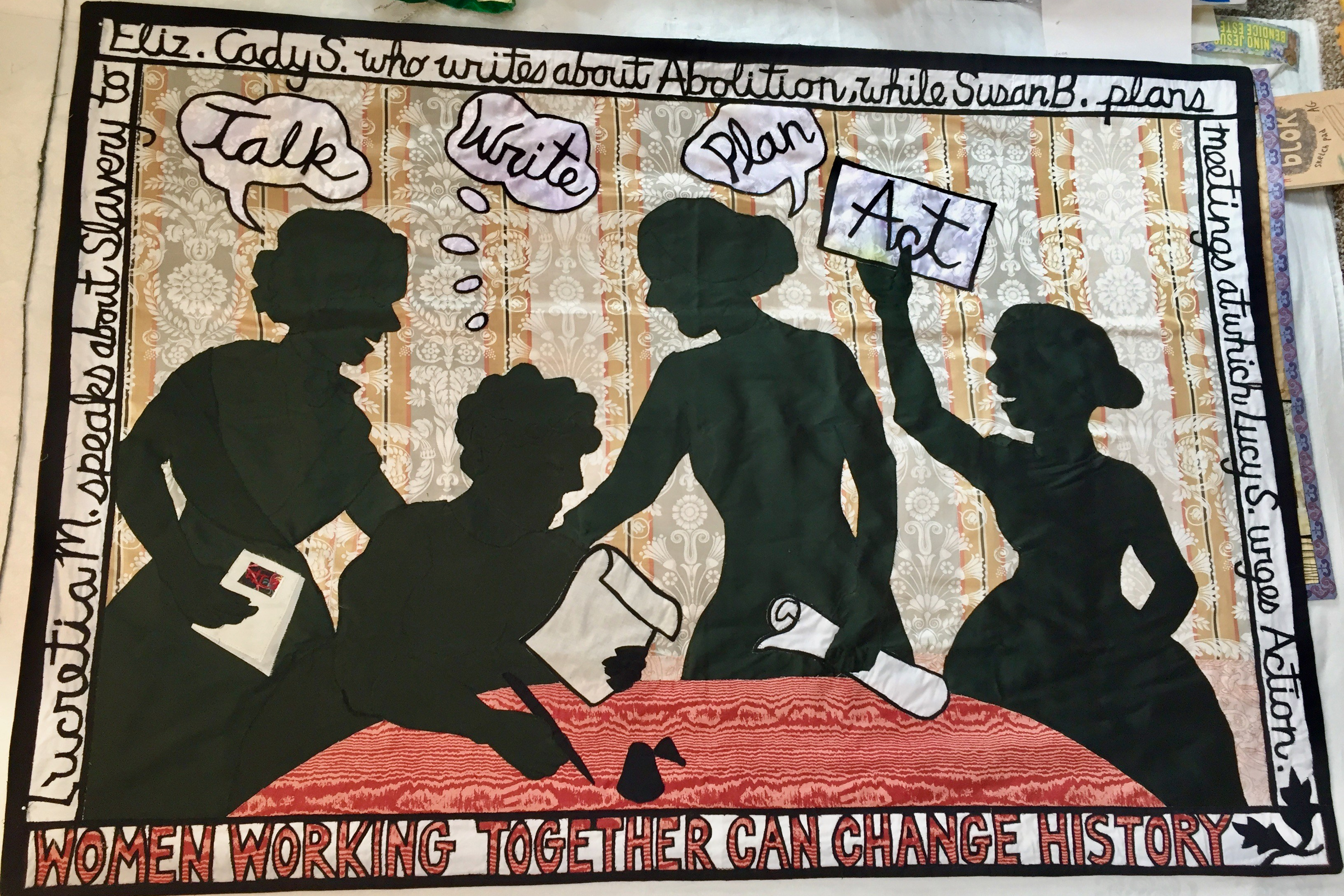
Gant carefully unfolds the wall-wide banners, pulling them from storage bins that house at least 50 other finished pieces. Gant explains the process she invented called Neo-Reverse Appliqué, which allows her to be more detailed with her banners.
The steps are as follows:
- First, She’ll overlay the colored fabric with a black covering.
- Then, she draws the outlines of the figures she wants upon the banner.
- Next, she stitches the lines over the top of the chalk outlines.
- She then cuts away the black top-fabric, revealing the colored fabric underneath.
- Finally, she adds small details and a border with another pattern.
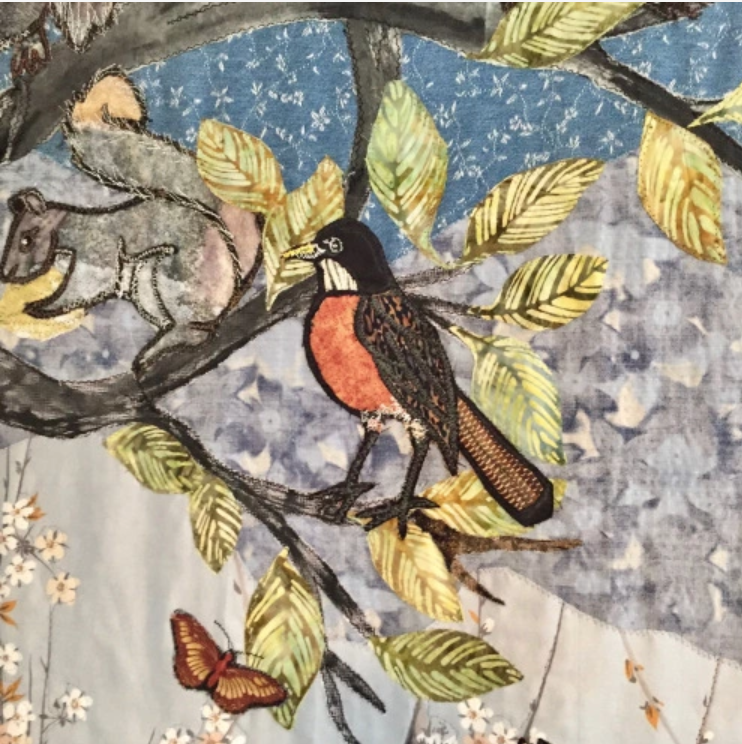
As a female artist, Gant remembers the times she wasn’t taken seriously for her work. “Our teachers, when we were in college … thought we were there to get married. They never really truly thought we were gonna earn our living with our artwork.”
These days, Gant enjoys using a medium historically considered a housewife’s hobby, to showcase the heroes of women’s history and great protectors in folklore. Gant tells stories with her stitchings, which she finds is a wonderful way to make a living.

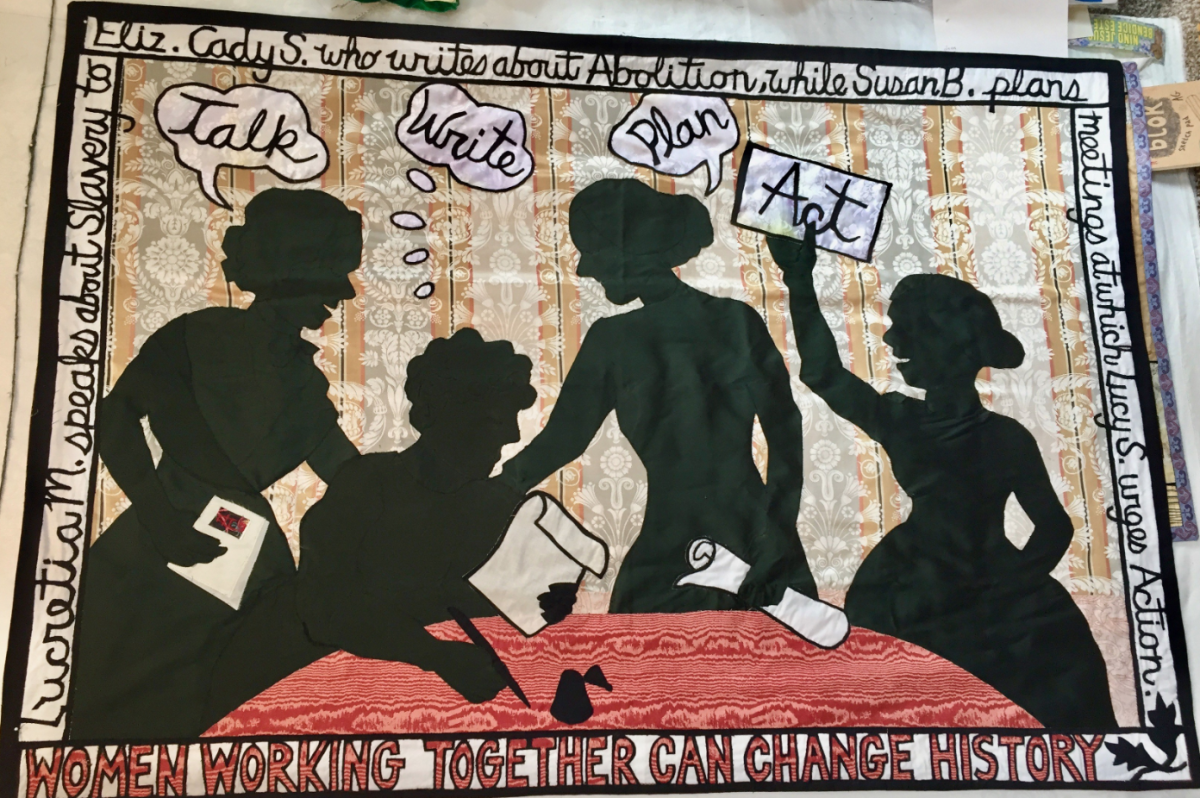

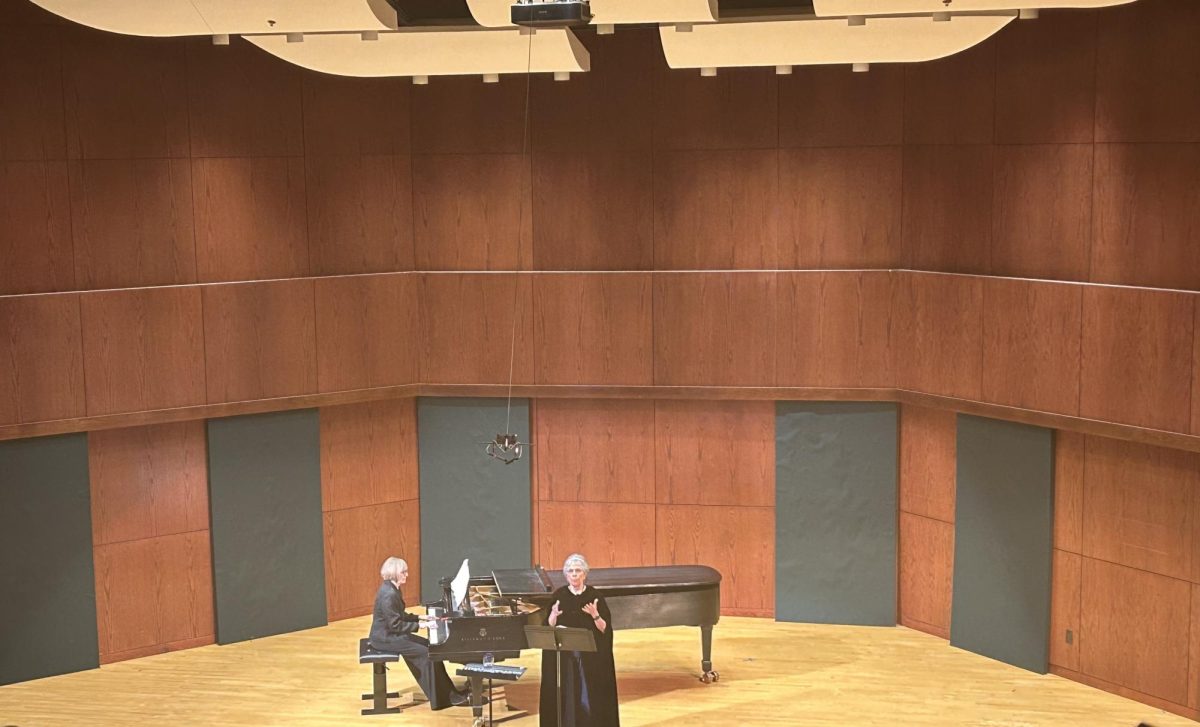




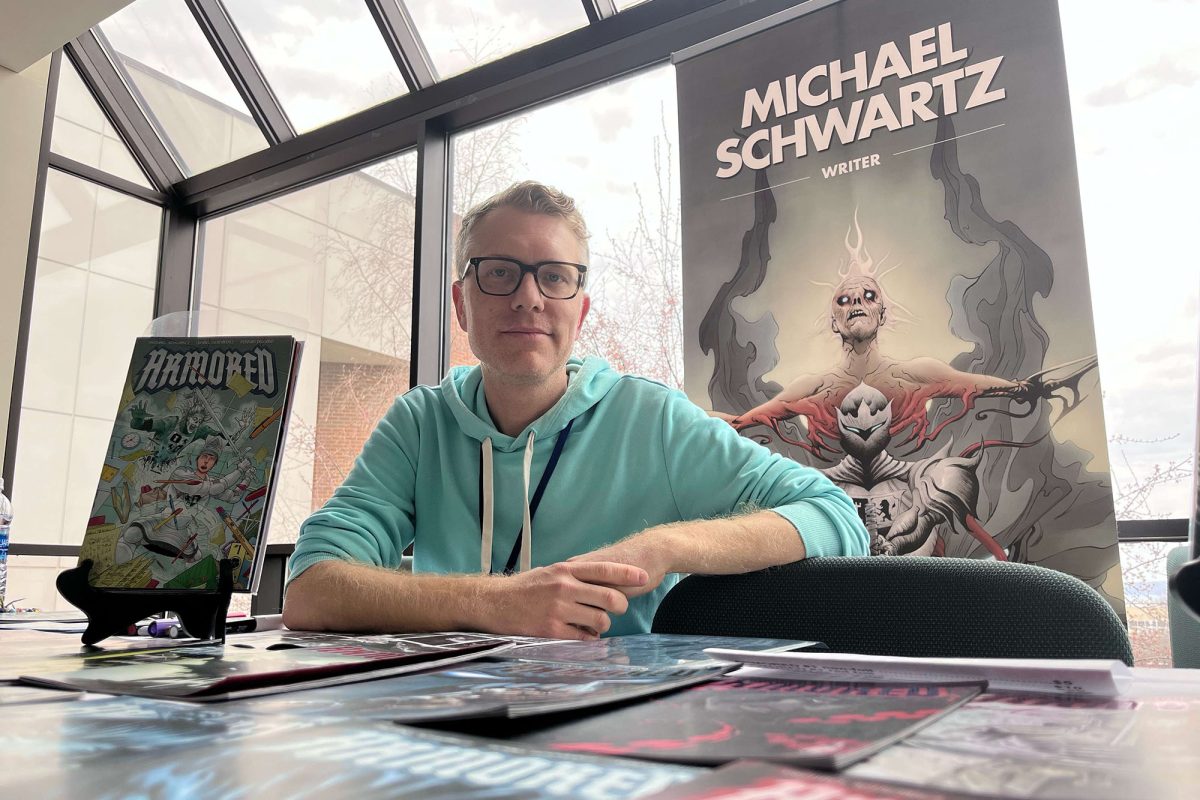
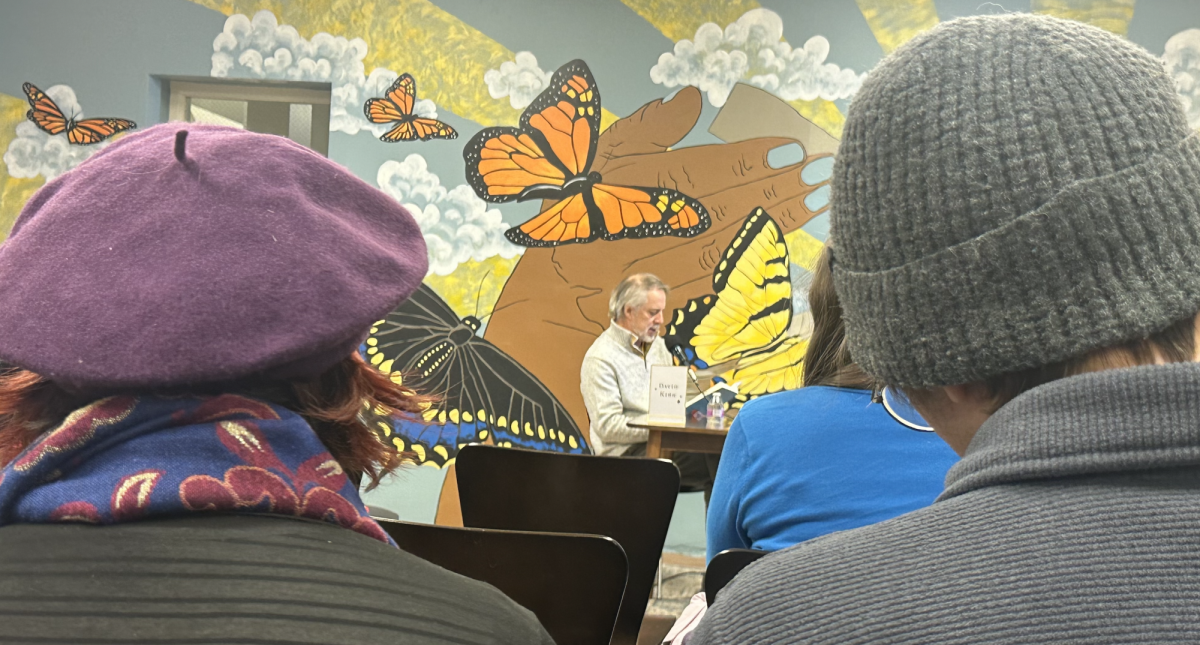
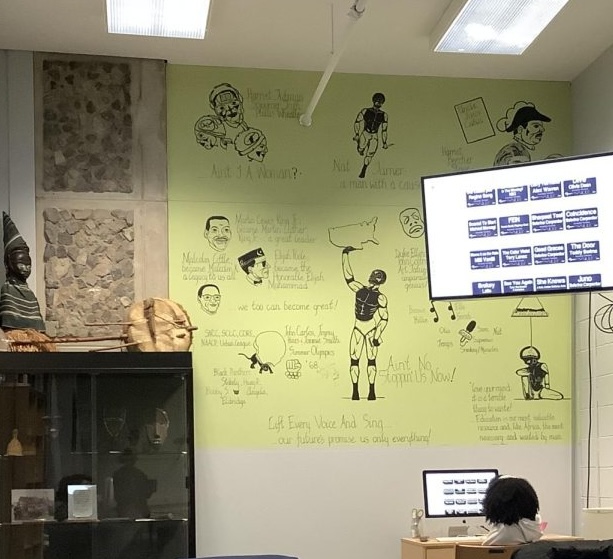
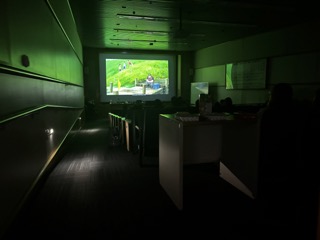

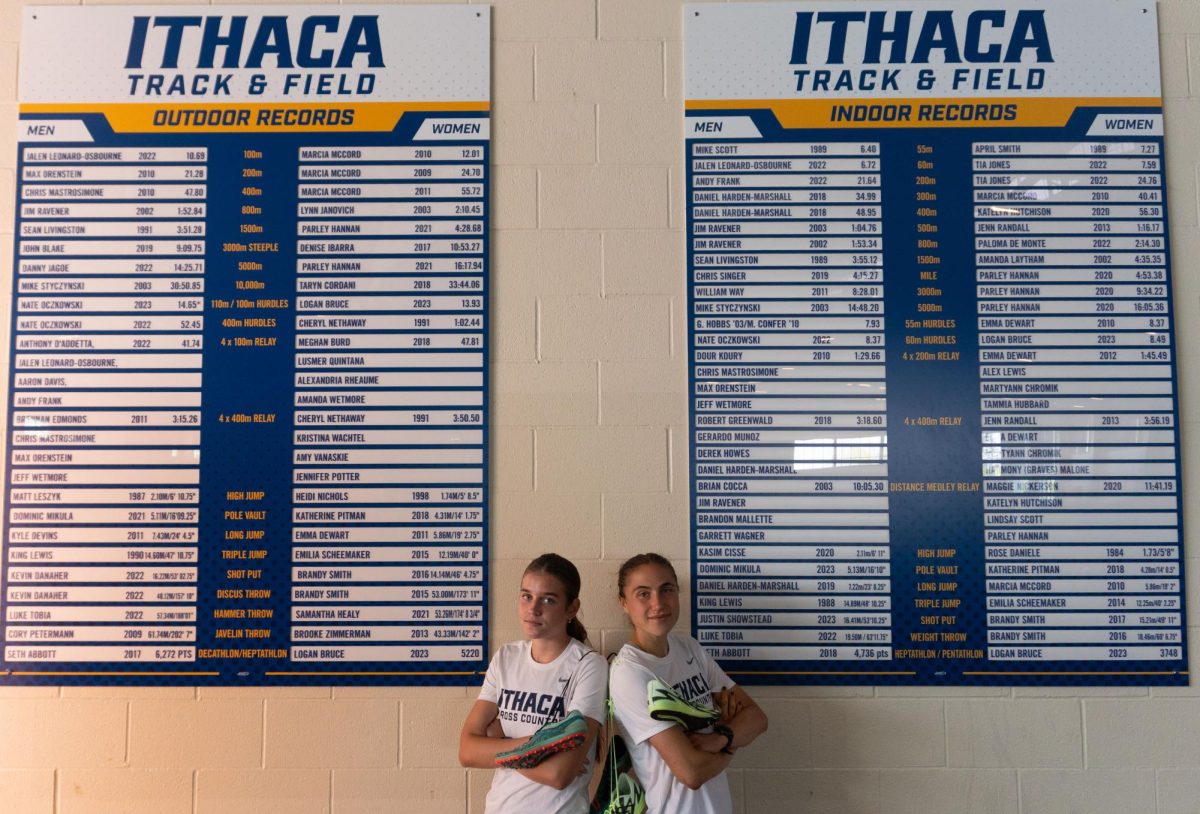
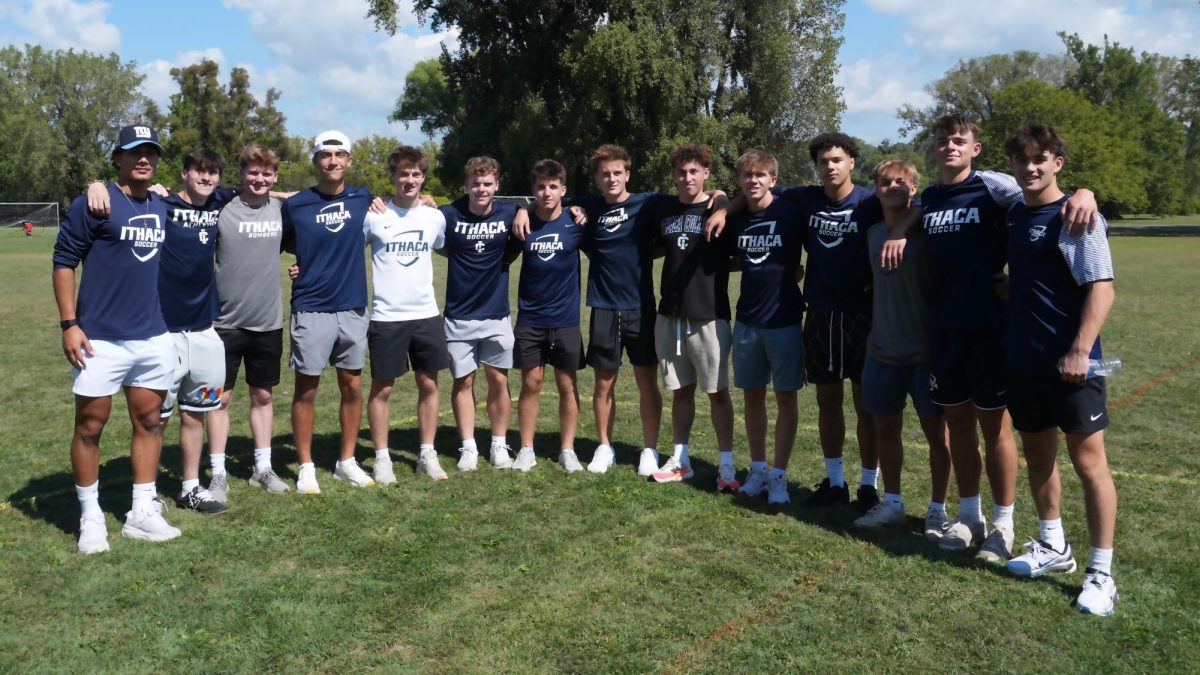
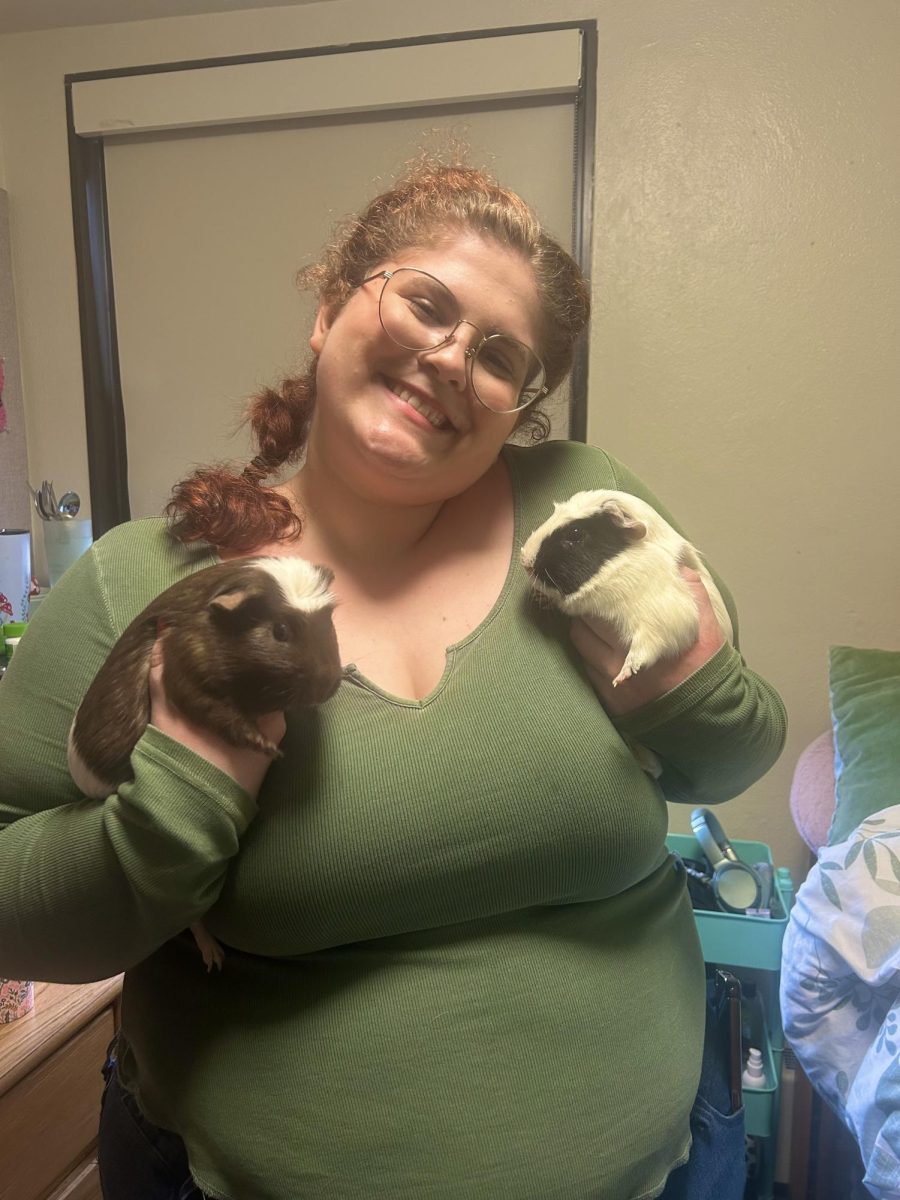
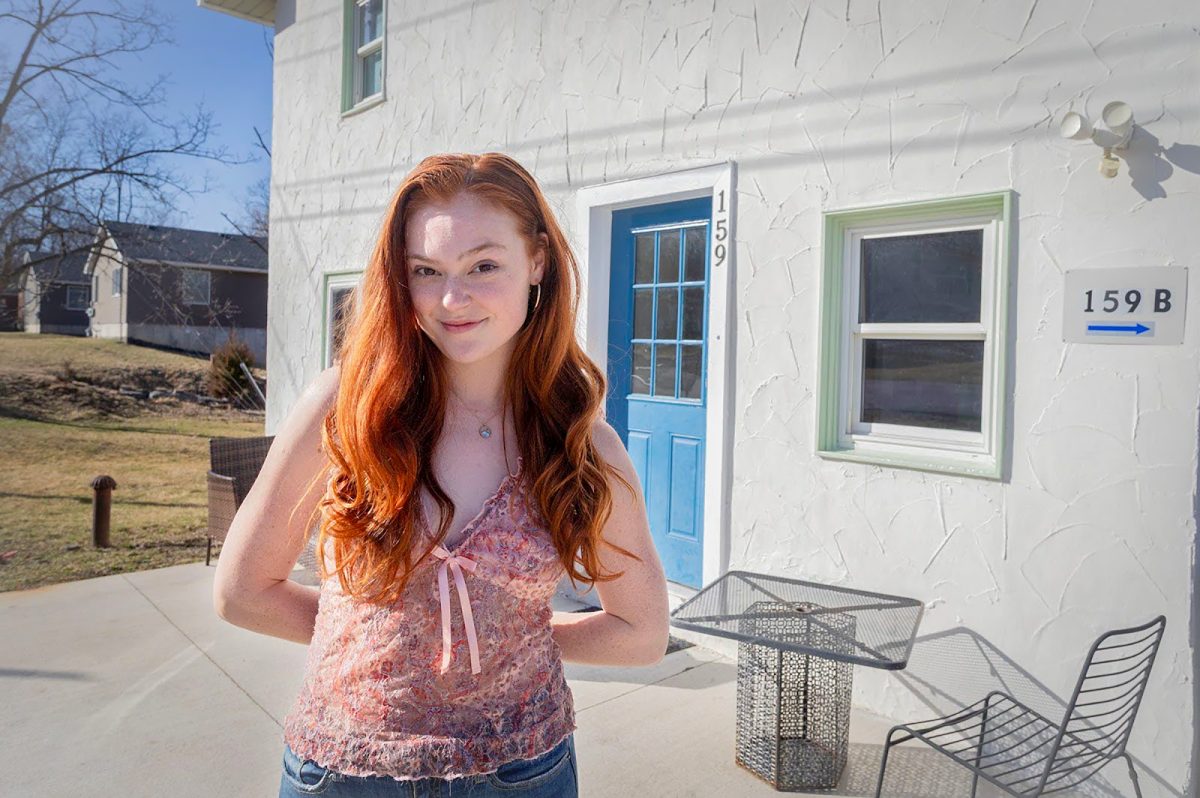


Coline Jenkins • Apr 13, 2019 at 11:54 am
Dear Mila Phelps-Friedl,
Thank you ever so much for your strong article about Alice Gant’s quilting expertise.
As background, I am the great-great granddaughter of Elizabeth Cady Stanton. In my possession is a cloth banner in tribute to Elizabeth, measuring approximately 3′ x 4.’ It is an historic artifact in need of minor repair. Because of your article and because of the obvious sewing skill of Alice Grant, I ask to kindly connect me with Alice to discuss the banner’s repair.
Regarding timing, I will speak at Convention Days at Women’s Rights National Park in Seneca Falls on July 19 and 20th. Since I am in the region of Ithaca, I can bring the banner with me. Of course, the banner should be ready for use and display during the centennial of the 19th Amendment in 2020.
Thank you for your assist,
Coline Jenkins